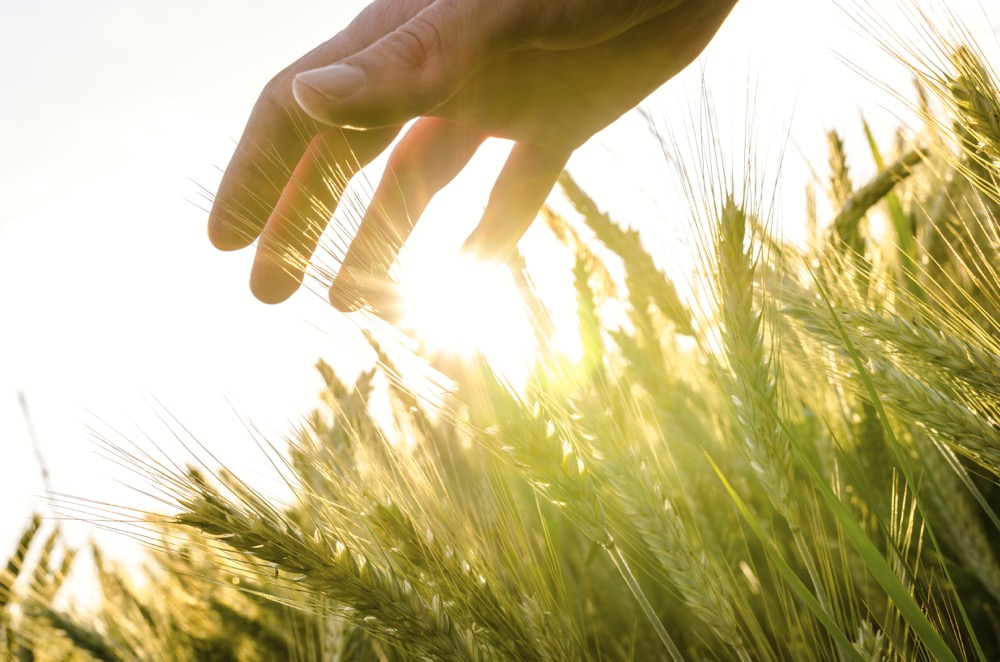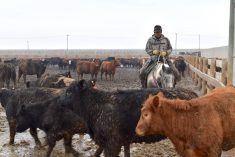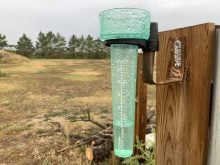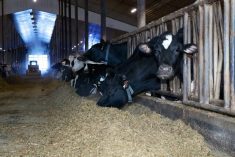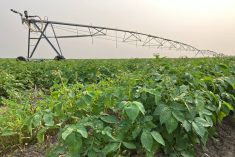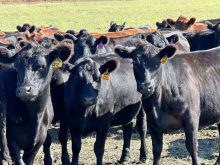Sometimes you can judge a year by how long it seems to have lasted.
This one seems to have gone on forever.
It feels like an eon ago when COVID-19 vaccines arrived (the first dose, outside of a clinical trial, was actually administered on Dec. 8, 2020 to a British grandmother named Margaret Keenan). Back then, the big question (or so it seemed) was: How fast can I get a dose?
Fifteen months ago seems even longer.
Read Also
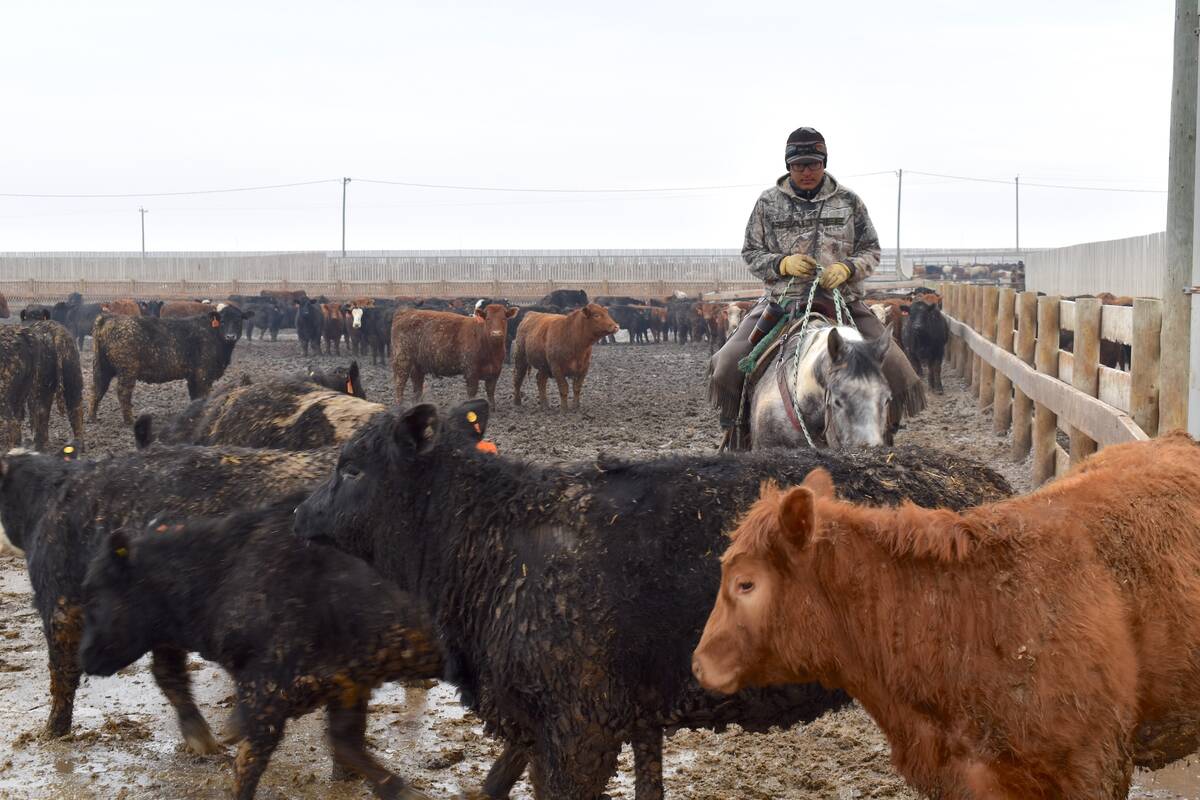
Gen Z creates ag hiring challenges
Agricultural employers may need to think outside the box to attract and retain Gen Z employees back to the rural lifestyle
Remember when the relatively dry fall of 2020 was seen as a blessing because it allowed drenched fields to dry out enough for most to finish up the harvest?
Even the first Alberta Agriculture crop report of the season was able to look at the lack of rainfall in spring and see the bright side.
“Most areas of Alberta have received lower-than-normal spring precipitation,” the May 4 report stated. “While the lack of precipitation is a concern, it has allowed seeding of the spring crops to get off to a fast start.”
Of course, droughts happen and a single event is not, for most, a game changer. But given the cost of putting a crop in the ground, the anxiety levels are going to be very high this spring.
Because this past year, and the one before, has taught all of us how quickly things can go south.
It was only February when Agriculture Financial Services Corporation announced it was cutting crop insurance premiums by 20 per cent. Not just for this year but for the four years after that… unless a “significant wreck” greatly impacted its reserve fund.
A final tally hasn’t yet been announced but the number will be very, very large.
“We collected about $600 million in premiums this year, so we’re looking potentially at payments twice that amount,” AFSC’s chief executive Darryl Kay said in July, just five months after announcing the premium reduction.
Another pivot point came in April, when the battle against the carbon tax that had been raging since 2015 (when new Liberal Leader Justin Trudeau pledged to impose one) suddenly fizzled out. Sure, Conservative Leader Erin O’Toole said his version (which mainly differs in how it’s rebated) isn’t a tax, and another U-turn is possible — but really, scrapping the carbon tax has become a political non-starter.
On the economic front, ‘suddenly it’s all different’ moments were everywhere.
Built your business on the very sensible premise that back haul is a win win when it comes to shipping containers? Sorry, but given the surge in demand for consumer goods, it no longer makes sense to fill them with pulses for customers in Asia. Send them back empty, send them back now is the new economic order.
The market will, of course, sort it all out one day. But this year we learned that once supply chains are knocked out of kilter, they don’t just spring back in a few weeks or months. And disruptions ripple out in all directions.
So the shortage of semiconductors (caused by a pandemic-induced slowdown in Asian factories) didn’t just affect production of new tractors and combines, it sent the price for used equipment soaring.
Ditto for fertilizer prices thanks to an imbalance of supply and demand for natural gas (caused by several factors, including a slowdown in the energy sector and a cold winter in Europe last year, as well as hurricane Ida knocking big fertilizer plants in Louisiana offline). High natural gas prices then prompted some fertilizer companies to reduce production (some fearing they could get stuck with high-priced inventory), which pushed nutrient prices even higher.
Less than three months after Ida, another massive rainfall — this time in B.C. — would once again impact farmers in Alberta. An ‘atmospheric river’ (which is a common event) had more moisture in it than usual and some places saw 250 millimetres of rain in barely more than a day. The number of washouts and mudslides along both CN and CP’s rail lines was unprecedented.
So too, was the response.
An army of equipment operators and logistical teams working round the clock managed to reopen the lines in just days (nine for CP and not much longer for CN). That astounding effort will probably never get a proper telling, but the lesson of just how fragile our transportation networks are will be remembered for a long time.
There were, of course, many other stories in the year just past.
Some were rather silly and got a lot of attention (remember Buttergate?) while others were very significant but flew under the radar. If you missed the passage of Bill 208 and how it offers an income tax exemption on intergenerational transfers of family farms, your past year may have been a whole lot better than you thought.
Renewable diesel combined with the growing domestic crush of canola is a game changer, too, while the prospect of China slashing its purchases is not the threat it seemed to be not all that long ago.
And perhaps the years-long effort to demonstrate that Canadian beef is more sustainably produced than virtually anywhere else in the world may start to pay off at the ranch level in the year ahead. Those in the cattle sector (not to mention long-suffering pork producers) are certainly overdue for a break.
Frankly, so is the entire farm sector when it comes to having an average year for weather.
Coming out of this very long, very trying year, boring old normal would be a welcome change.


